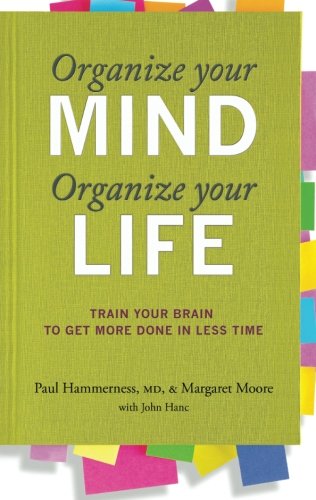Vitamin D is in the spotlight. Is this celebrity justified ?
Vitamin D is a fat soluble compound that is necessary to human health.Interestingly, it is not widely available in our diet. It is however, manufactured in our skin when the skin is exposed to UV rays from sunshine. It is of course available in supplements, supplemented foods, and a few foods naturally.
You might wonder how we developed to need something that seems so hard for modern people to obtain naturally. I think it is a good bet that pre-agricultural people especially those along the coast got more sun and UV exposure than we do today. I suspect that plus their intake of vitamin D rich fish supplied their needs. Then as people began to move inland, wear more clothes, eat less fish and live long enough to have to protect against skin cancer, their vitamin D requirements became harder to meet.
Vitamin D is historically most “ famous” for its role in enhancing Calcium absorption. Calcium is critical for bone mineralization. Deficiency of Vitamin D leads to rickets and osteomalacia, which are failures of the bones to properly form.
Those at risk for vitamin D deficiency are breastfed infants who aren't supplemented, dark skinned people, people who wear occlusive clothing, the home bound, the elderly, the obese, vegans, and those whose gastrointestinal tracts are inflamed or cannot absorb properly.
It seems odd to me that breastfeeding does not supply all the necessary vitamin D a newborn needs. This is simply because the Vitamin D content of human milk is related to the mother’s vitamin D status. The infant cannot get vitamin D though UV exposure since it is not appropriate to expose infants to direct sunlight. There has been a big recent campaign to educate breastfeeding mothers about the need to supplement with vitamin D.
Vitamin D also affects the general functions of cell growth, neuromuscular function, immune function, and the control of inflammation. These features are why there is more than the average amount of buzz around this mild mannered vitamin. Two hundred and fifty studies on vitamin D and various health parameters were done between 2009 and 2013. These were systematically reviewed by the Agency for Healthcare Research and Quality, and to date, it concluded that it is still not possible to specify a relationship between vitamin D and specific health outcomes other than bone health. As the number of studies indicates, there is widespread interest, or even hope that vitamin D therapy will prove useful for a wide variety of conditions, especially those involving autoimmunity.
Adults need between 600 and 800 IU of vitamin D per day. It is best not to take more than about 4000 IU per day from all sources, unless specifically instructed to do so by your physician. Vitamin D is fat soluble, can be stored in the body and can, in excess, lead to toxicity.
It is best to get your vitamin D from a combination of foods, fortified foods, and supplements. The best dietary sources of food are fatty cold water fish such as salmon, cod, tuna and swordfish. (As a side note, pregnant women should restrict their intake to salmon and cod, since tuna and swordfish may theoretically have increased levels of heavy metals. ) Besides these, egg yolks, fortified orange juice and fortified dairy products are the best sources.
If you are concerned your vitamin D levels are low, ask your doctor about testing your levels. We have been screening patients more proactively lately, and have found some astounding deficiencies. The good news is, they are quite easy to fix.
Here’s my favorite go-to recipe for a great blast of vitamin D and protein:
Salmon Salad
Simply mix one drained can of coho salmon with 1-2 tablespoons of olive oil based mayonnaise ( My favorite is called “Lemonnaise”.), Add a table spoon of dill relish, a couple Tablespoons of sliced olives, some capers, finely chopped celery, chopped sun dried tomatoes, and whatever else suits your taste. Mix. Do not feel compelled to put it on anything. Enjoy.
Refererence:
National Institute of Health Office of Dietary Supplements




























